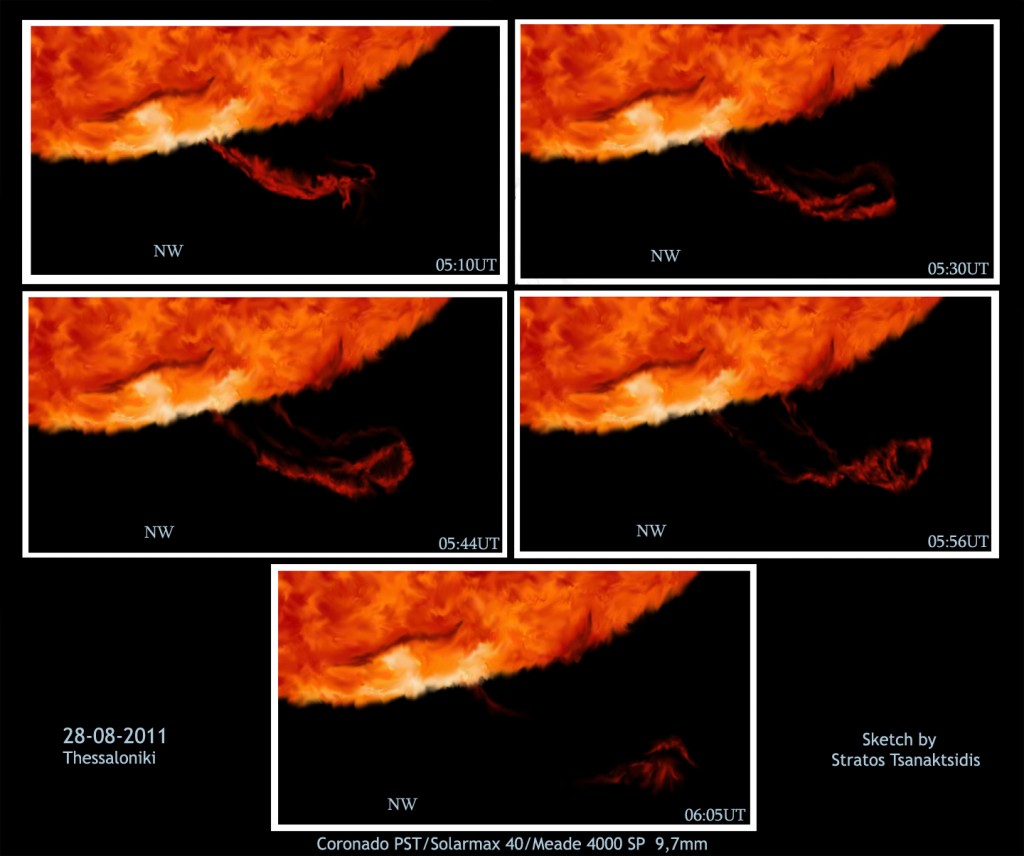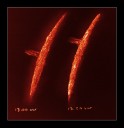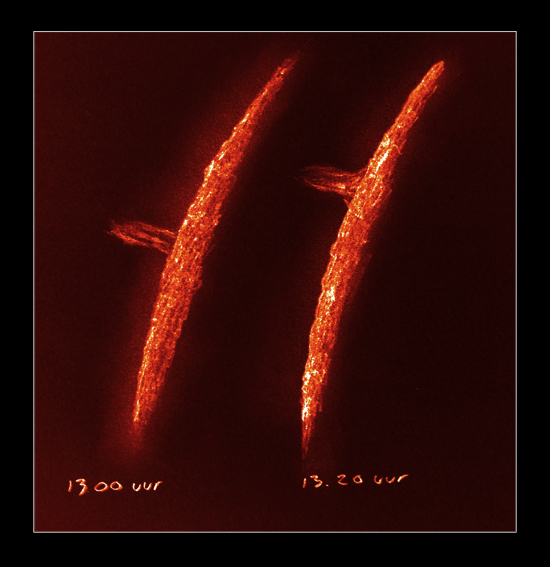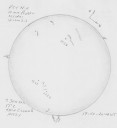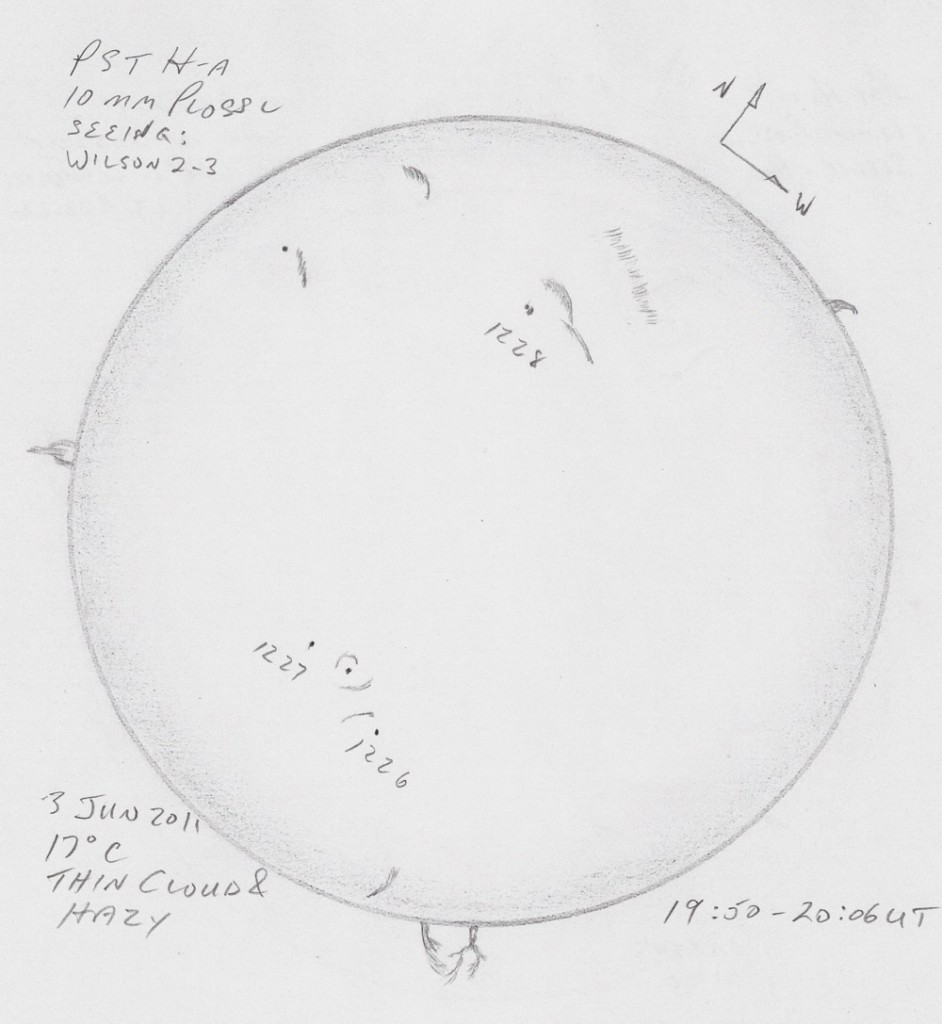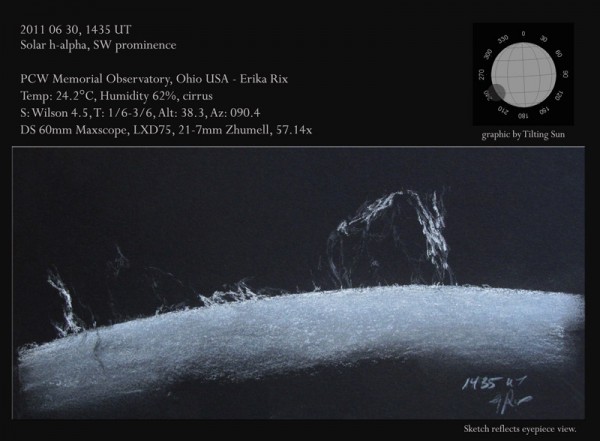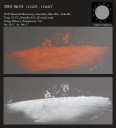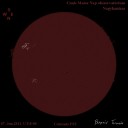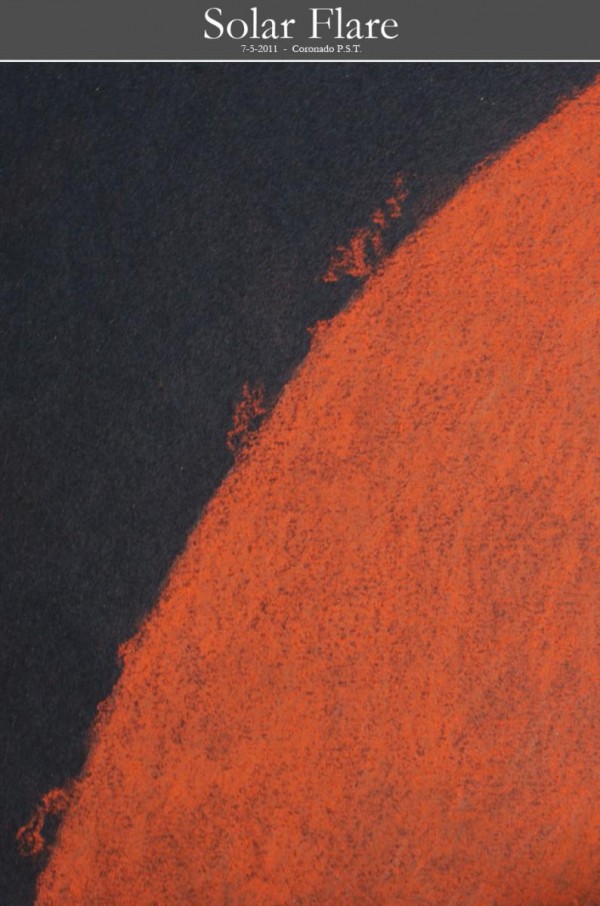
This morning everything seemed to be right. The weather was absolutely great, the Sun was more active than I’ve seen so far this year and the seeing was above average. A good day to try sketching a full-disk h-alpha sun for the first time instead of an isolated prominence. First I made a blank disk with a soft white pastel. I took the sketch outside and filled in all the details I could see through the eyepiece of my 70mm solar telescope with white and black pastel pencils. All regions were very active, especially the middle one: it changed its shape within minutes. Sometimes little bright flare-like brightenings appeared and disappeared 2 minutes later. A wonderful sight! It took me one hour (from 08.00 UT – 09.00 UT) to complete the drawing. I scanned the (black&white) sketch and gave it a reddish color with Photoshop.
Object Name Sun
Object Type Star
Location Deventer, The Netherlands
Date August 2, 2011
Media Pastel on black paper
Kind regards,
Roel Weijenberg
www.roelblog.nl
